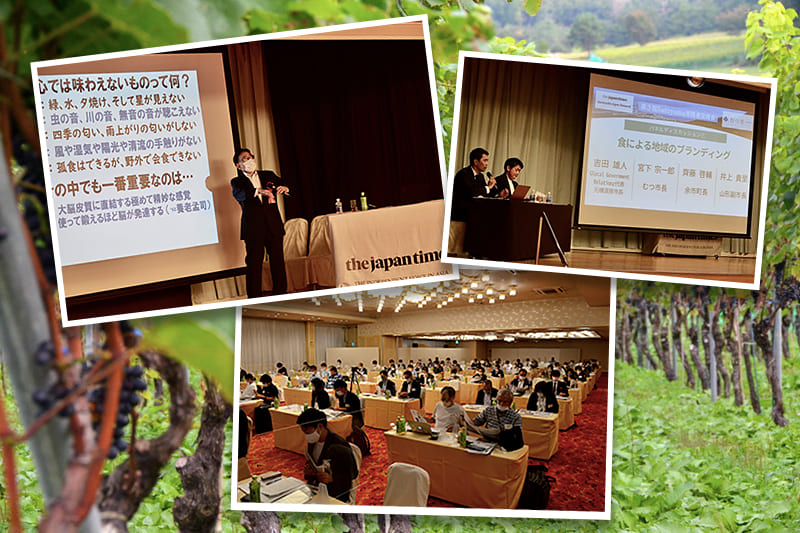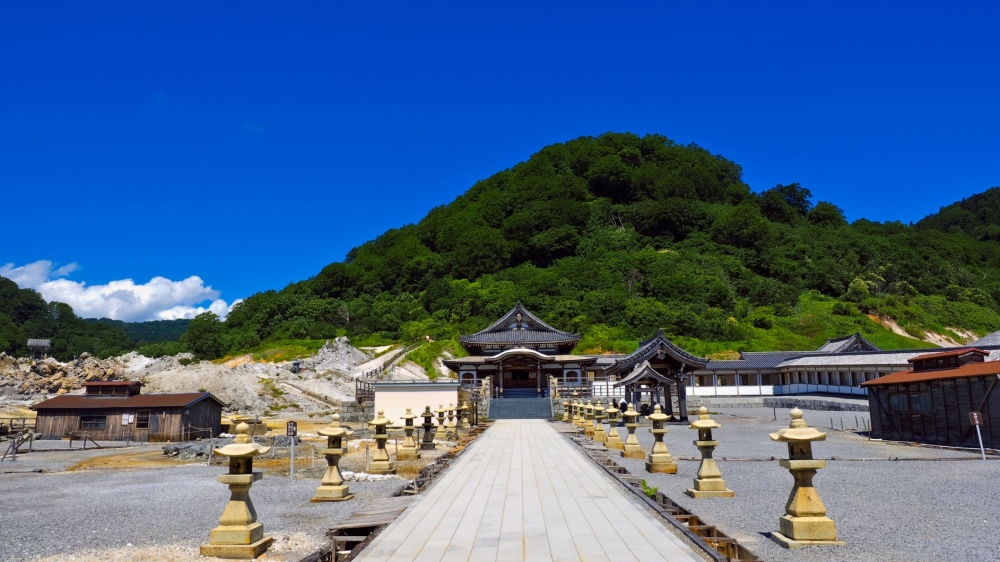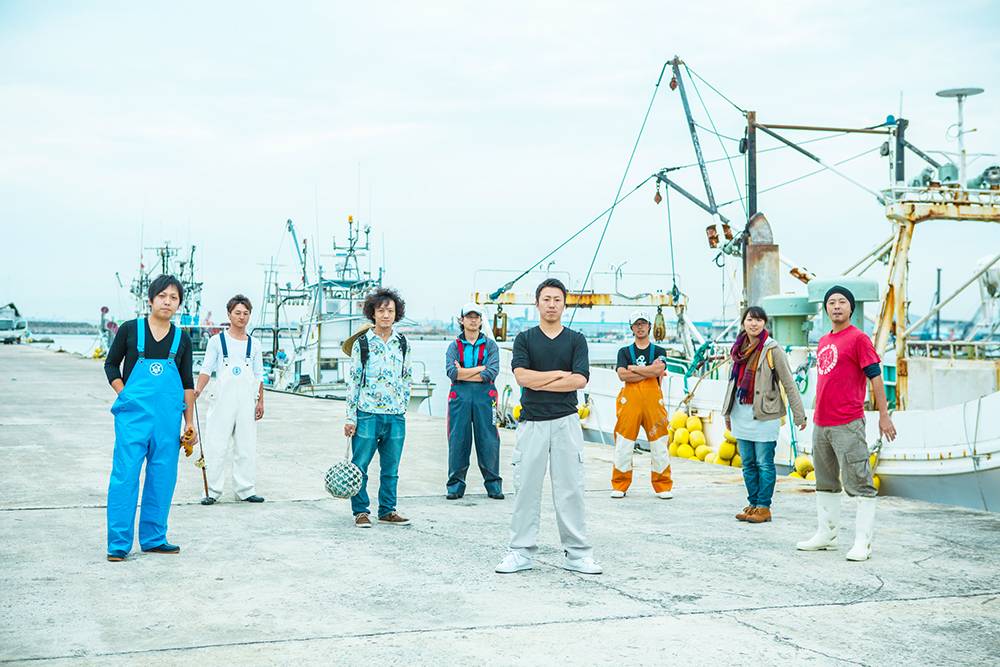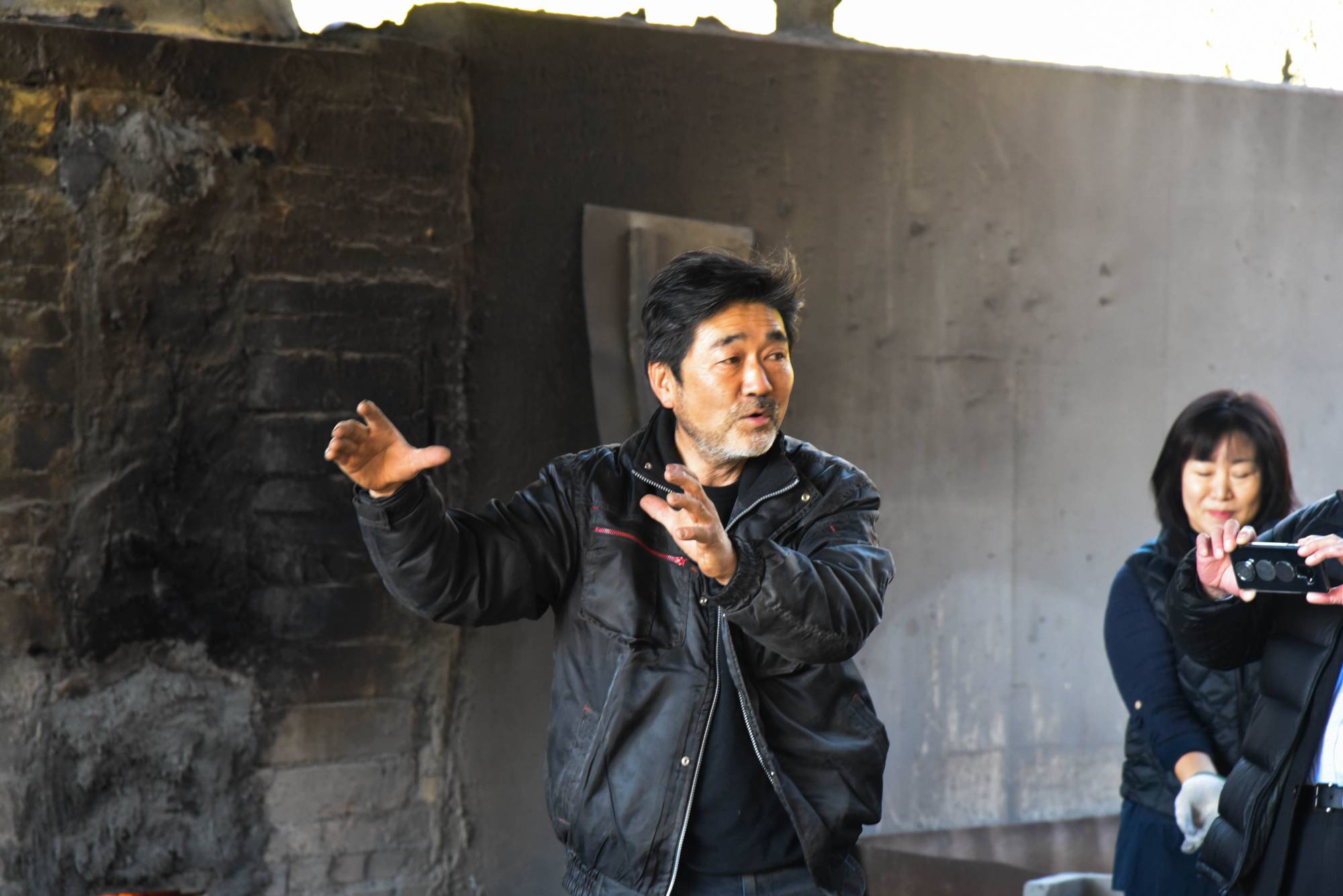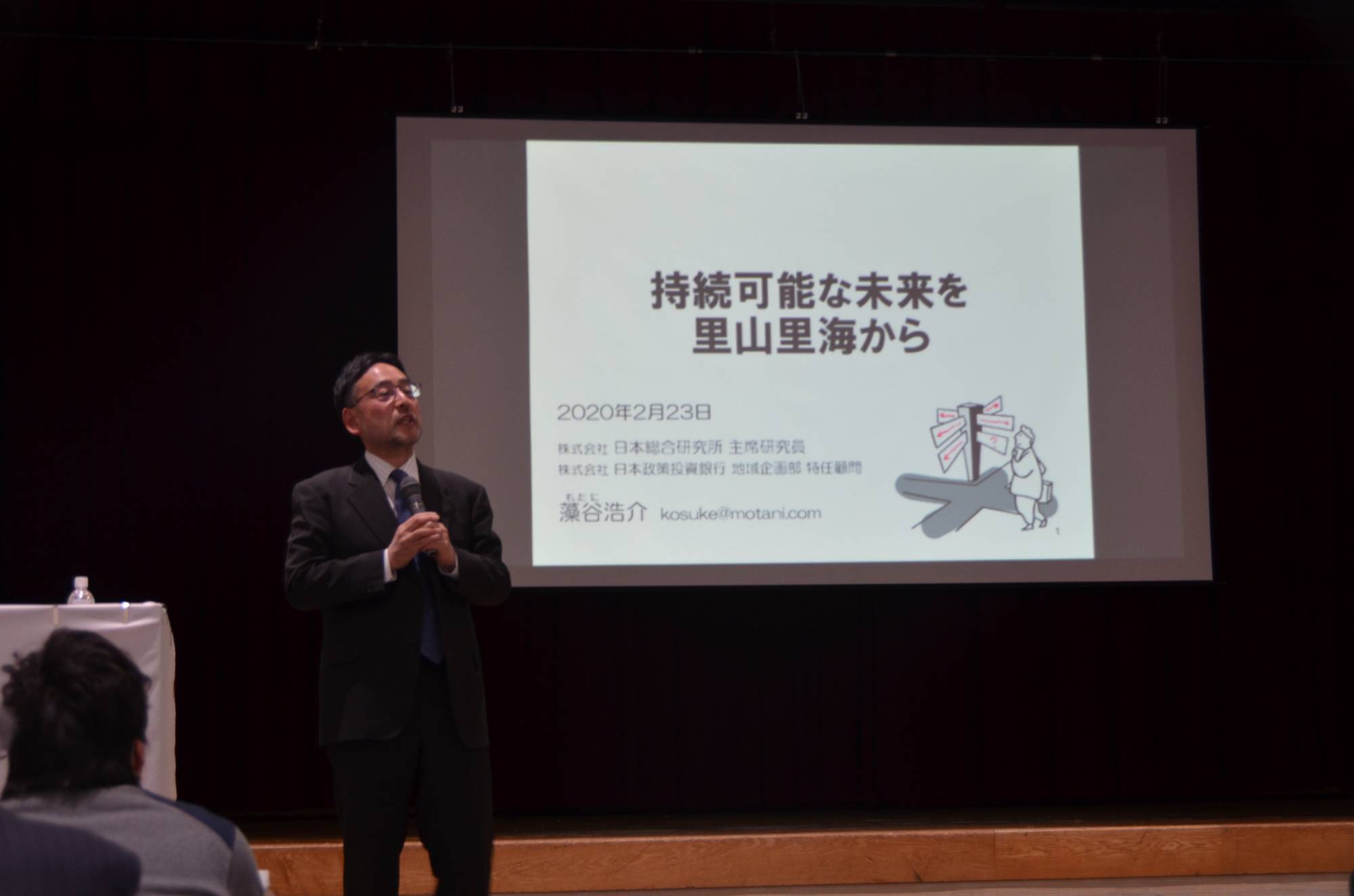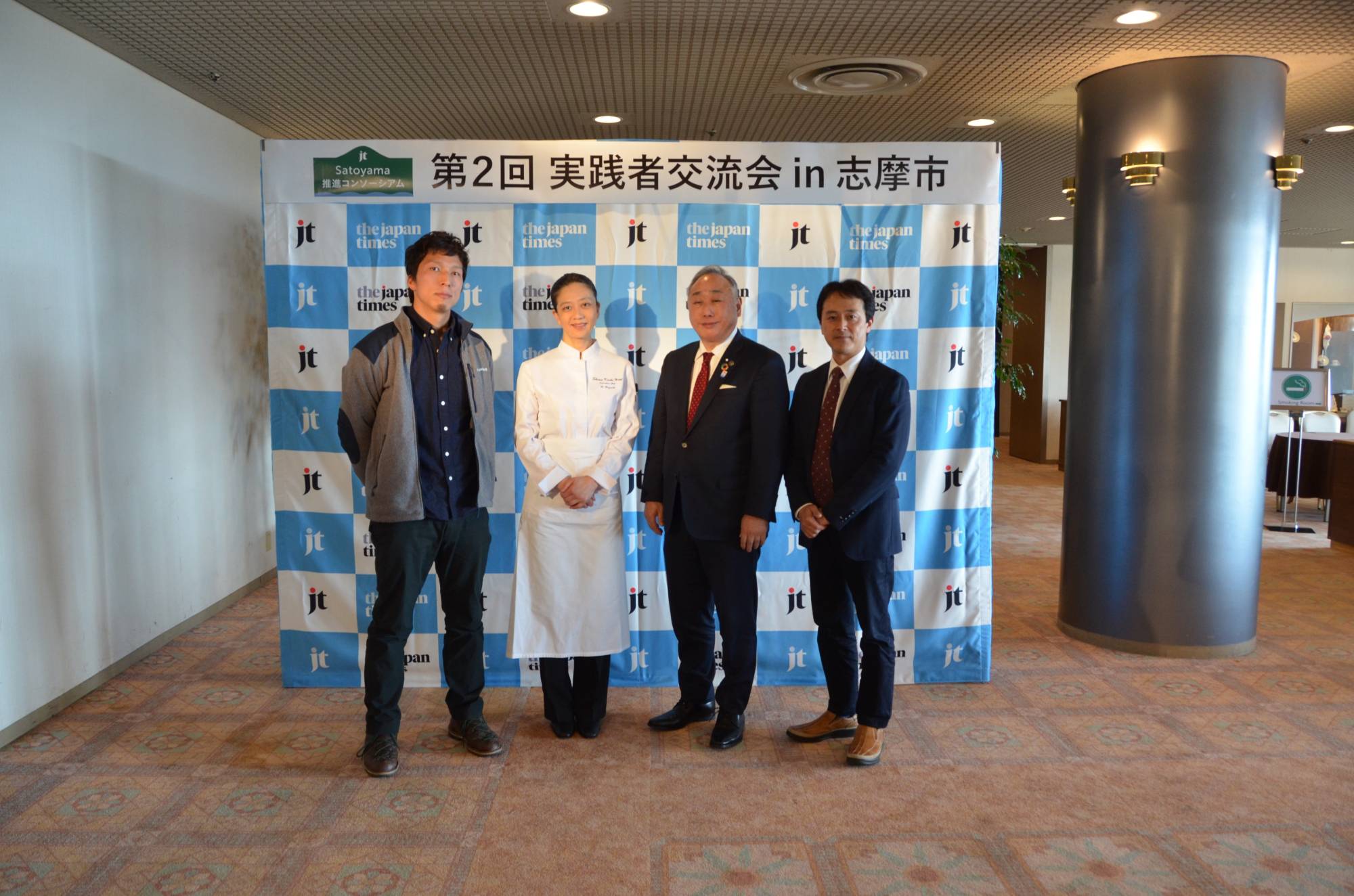April 21, 2020
Panel groups share marine protection efforts
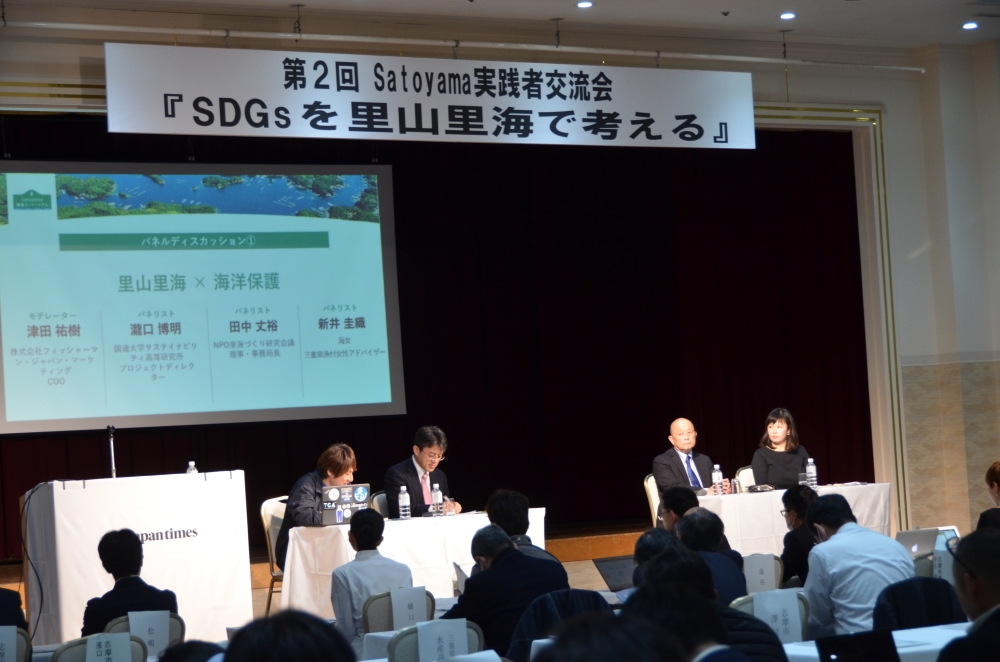
Fishermen, divers, nonprofits and other organizations are working in communities across Japan to conserve marine and coastal environments that have been threatened by natural disasters, unbalanced marine ecology and other factors.
A two-day event on topics related to satoyama (mountains and woods used and maintained by area residents) and satoumi (marine and coastal environments where people work to maintain biodiversity) was held at the Hotel and Resorts Ise-Shima in Shima, Mie Prefecture, on Feb. 23 and 24. The event was co-hosted by the Japan Times Satoyama Consortium and the city of Shima.
With Yuki Tsuda, representative director and COO of Fisherman Japan Marketing Co., as a facilitator, three panelists shared their insights and activities related to the theme of satoumi and marine conservation in the first session on Feb. 23.
Fisherman Japan is a nonprofit established in 2014 in the coastal city of Ishinomaki, Miyagi Prefecture, to revitalize the local fishing industry that was severely impacted by the Great East Japan Earthquake and tsunami that hit the area in 2011. While the nonprofit body engages in nurturing young fishermen, the company, Fisherman Japan Marketing, focuses mainly on the sales and marketing of the local marine products.
“To protect the marine environment, we are working on a project to publish a picture book that illustrates how environmental issues impact fisheries. We also cooperate in research conducted by Miyagi University to feed sea urchins clovers to prevent them from eating all the seaweed in their habitat,” Tsuda said, before asking panelists what kinds of environmental efforts they were making.
Takehiro Tanaka, the executive director of the nonprofit Satoumi Research Institute, has engaged in the preservation of amamo (eelgrass) on the coast of Hinase in the city of Bizen, Okayama Prefecture, with local fishermen for more than 40 years. Amamo beds are referred to as the “cradle of the sea,” serving as habitats and spawning sites for marine creatures. Hinase is known for oyster farming that relies heavily on the rich marine environment that amamo beds create.
“At first, most fishermen were not interested in the conservation of amamo, but they gradually came to understand its importance over the years because they saw fish returning to the area and a steady increase in oyster production. Nowadays, various stakeholders, including the general public, are participating in the project,” he said. Kaori Arai moved to Shima from Osaka six years ago to become an ama (female diver). Having worked for a consumer products retailer for several years, she thought, “Isn’t it a better life to increase the number of things you can do with just one well-cared-for knife, than to make and sell more things?”
While ama fishing methods have always been environmentally friendly, she also makes other personal efforts to improve the marine environment such as removing waste from the sea, wiping oil from dishes before washing them and using non-synthetic detergents. “Ama huts are managed in an ecological way, too. We make fires using wood thinned from forests or from dismantled houses to warm up after diving and cook dinner,” said Arai.
Hiroaki Takiguchi, project director of the Institute for the Advanced Study of Sustainability at the United Nations University, commented that the traditional ama fishing culture that exists in various places in Japan is also attracting attention globally as a sustainable fishing method.
As a former Environment Ministry official, Takiguchi has dealt with various environmental issues such as climate change and waste management. He said that the U.N., together with the ministry, runs the International Partnership for the Satoyama Initiative, which is made up of 258 organizations. in the world
Asked what should be the next step for improving and preserving the marine environment, Tanaka said that the concept of satoumi should be stipulated into law and marine education should be provided to younger generations.
Arai also commented that she wants to create an opportunity for local women, as well as her fellow ama, to learn about environmental issues. “I would like to think about ways to protect the ama culture, too,” she said. “Among the (U.N.’s) 17 sustainable development goals, 14 are related to the sea and 13 are related to climate change. Climate change is affecting oceans as well. It is important that we tackle all of these targets through community-based projects,” Takiguchi said.

